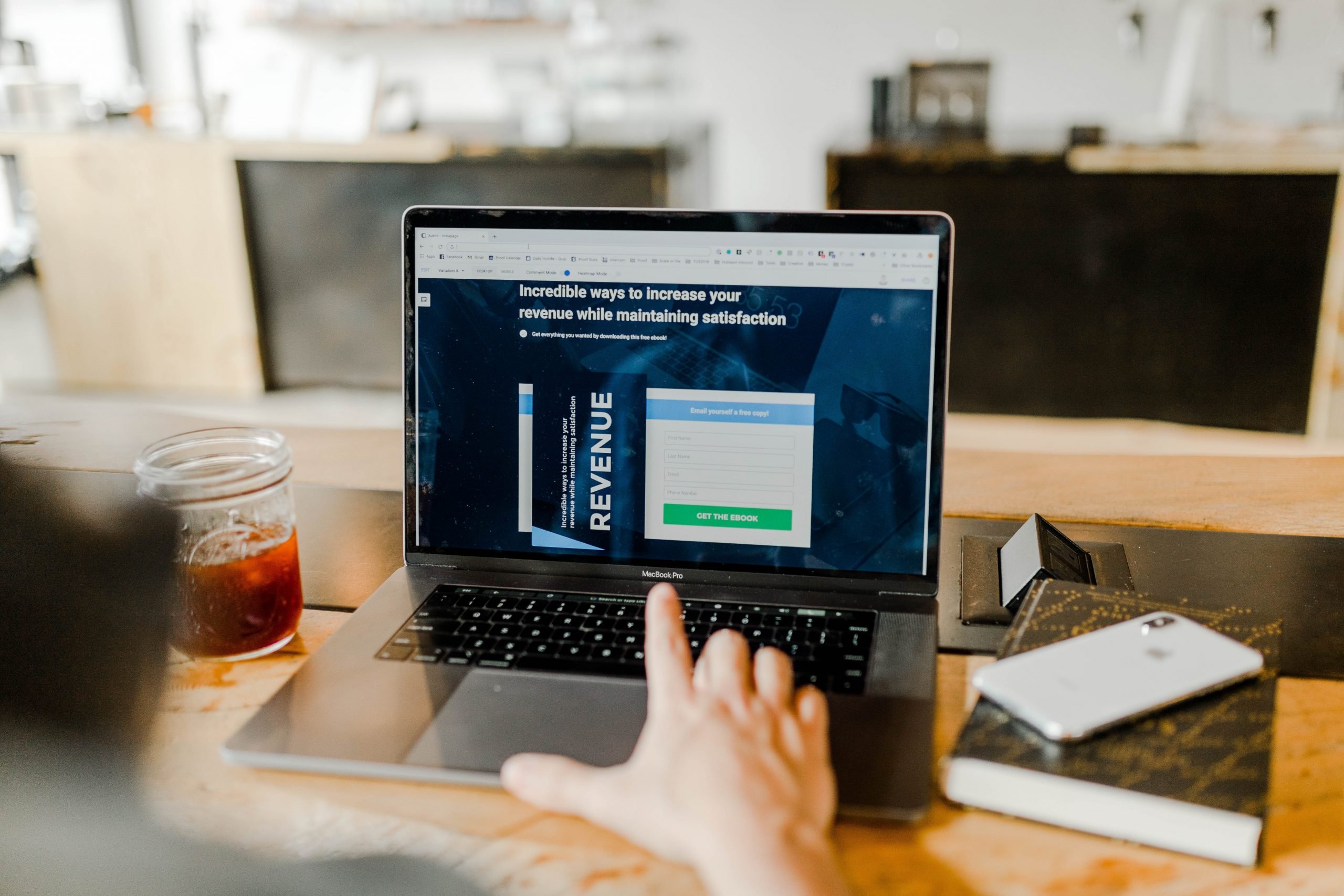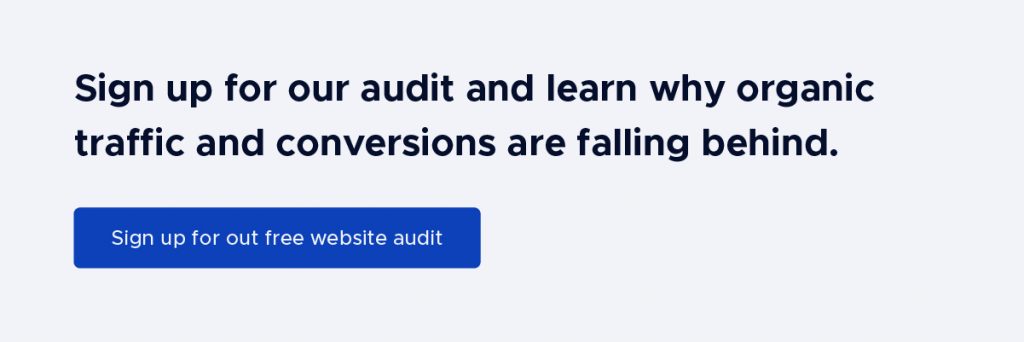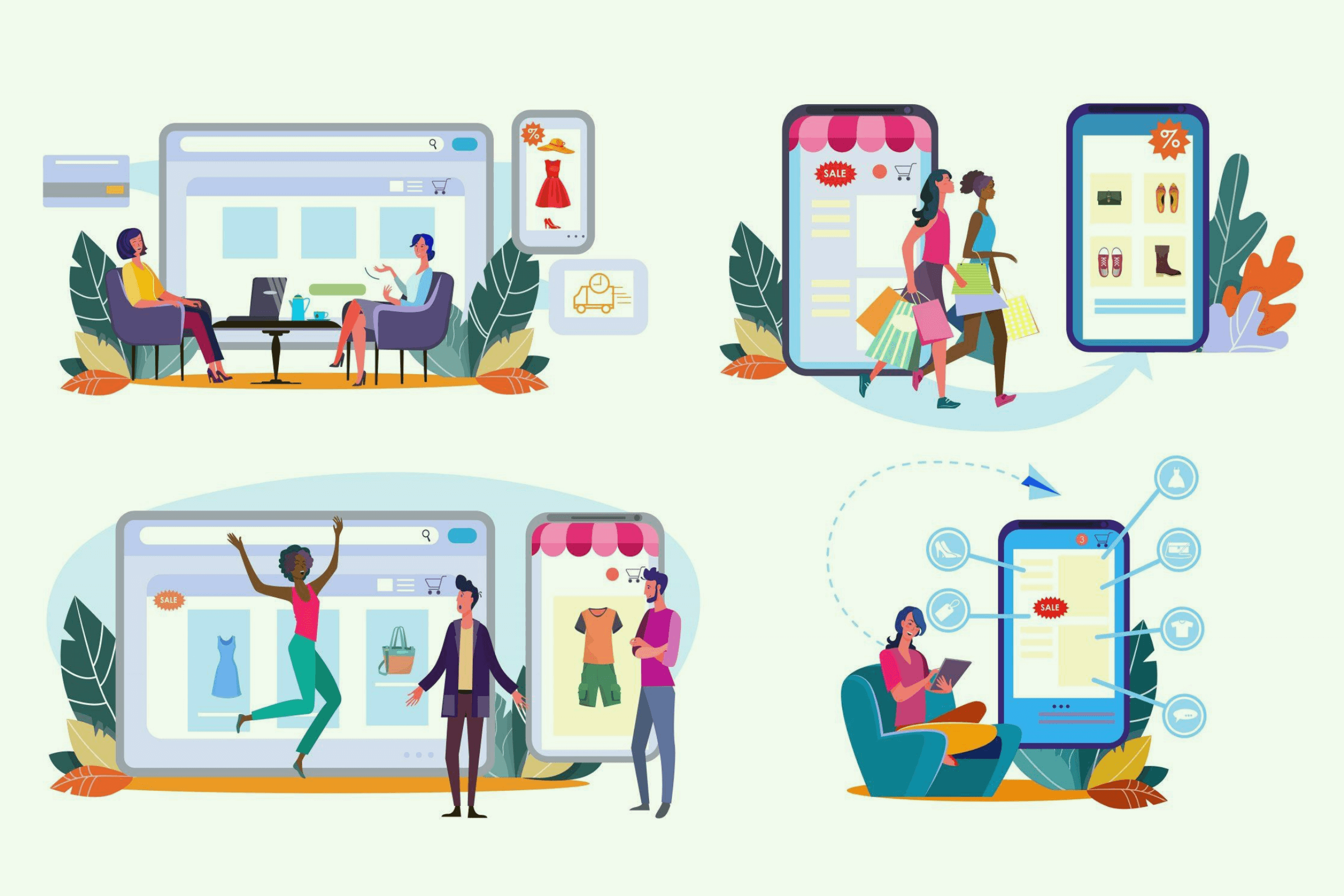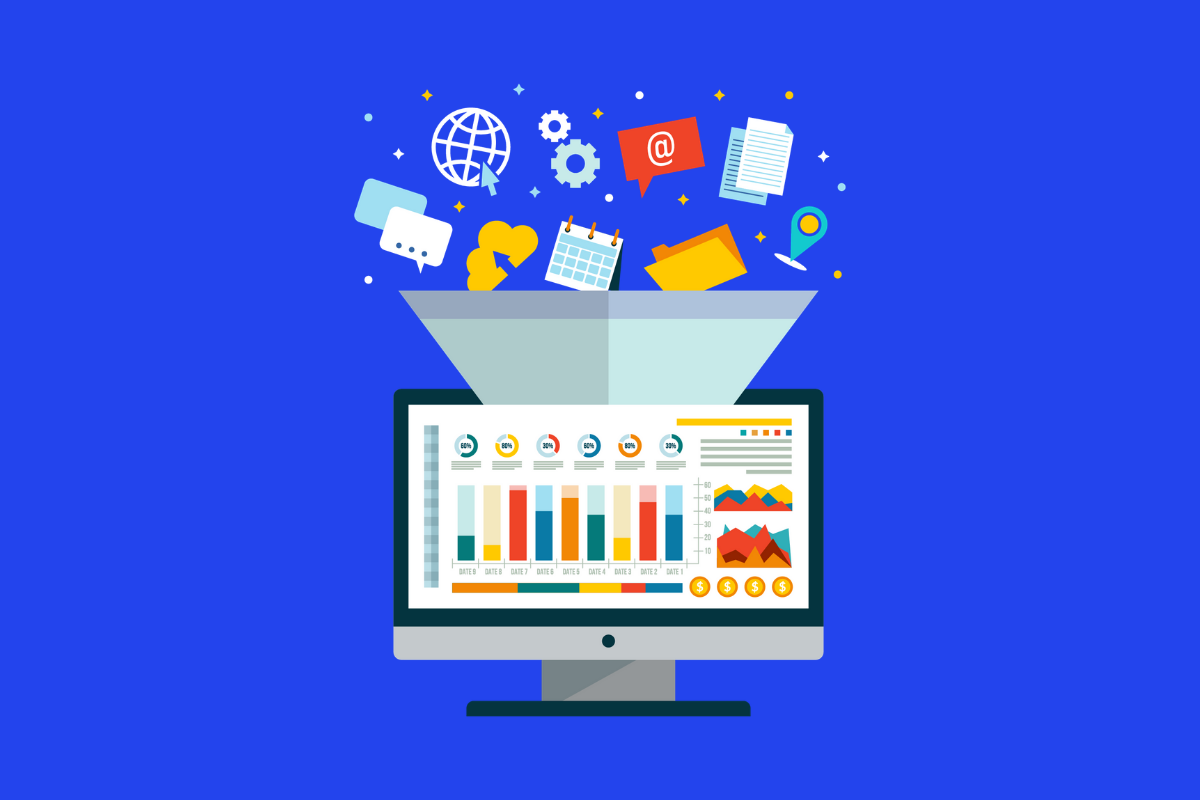When you think about the steps your new customers take before completing a purchase on your website, do you have a clean image in mind? Do you have a strategy in place to attract new visitors, engage with them in meaningful ways and nurture them until they are ready to buy?
If yes, then keep it up! You have a plan that will most likely help you achieve your end goal. If not, just know you are not alone. A lot of marketers and business owners find it challenging to clearly map out how they are going to capture new clients and find this process confusing. The good news is that you have a tool at hand to help you visualize and plan out new client acquisition – sales funnels!
Here is a list of all the topics we cover in this article. You can jump to any section by clicking the corresponding link.
- What is a sales funnel?
- Know your audience
- How to attract traffic to your website
- How to capture leads with forms
- Build relationships and nurture
- How to convert leads to customers
- Test and improve
Before we get started – what exactly is a sales funnel?
A sales funnel is a representation of the process a new client goes through, from first landing on your website until completing a purchase.
Sales funnels are great instruments in many ways as they allow you to:
- understand the needs and motivations of buyers at each stage of the purchase cycle
- plan and create the right type of content to engage leads and nurture them
- measure the efficiency of your marketing efforts
To simplify the picture, the stages a prospective client goes through can be broken down into:
- Awareness – this is when potential customers first learn about your brand. They can become aware of your business through your marketing or some of the times through their own research. On their end, the buyers are becoming conscious of a problem they are experiencing, and so they might be browsing for content to understand how to frame and address the issue.
- Interest – after landing on your website, some of the visitors might leave without completing any significant action and some will find your business interesting and give you their email address, thus turning from visitors to leads. It’s the stage at which you can start developing a relationship with them and build trust, by providing relevant content and know-how. For their part, buyers are now researching different types of solutions to their previously identified issue and try to make sense of how each works, pros and cons.
- Consideration – through nurturing, your leads become hot leads, they are very interested in what you have to offer but they haven’t made up their minds just yet. They need to make sure your offering is the best choice so they research your competition and compare offerings and products. Nurturing them with targeted content or offering free trials come in handy at this point.
- Decision – in this final stage the buyers have settled on your solution and offering and are ready to buy; this is the right time to present them with attractive offers, discounts, etc. The hot leads have now turned into customers.
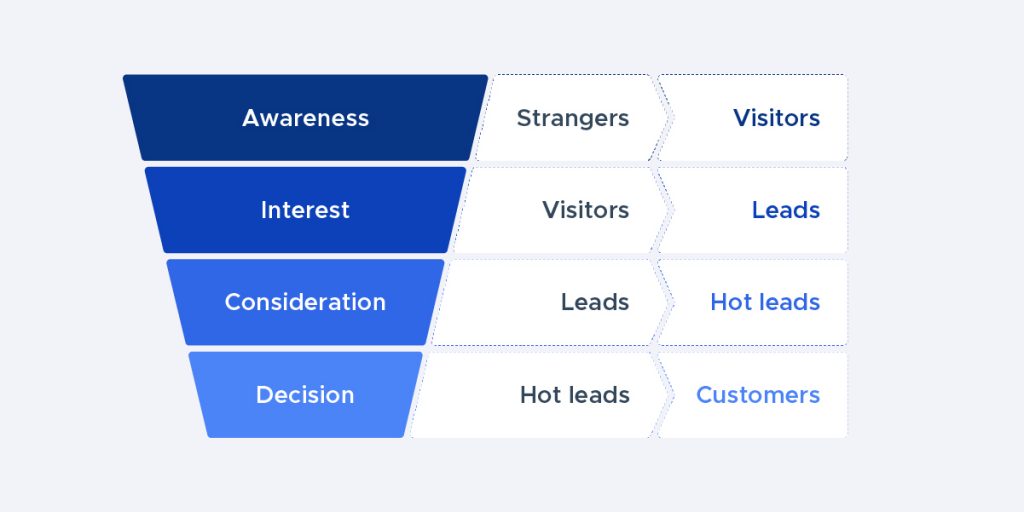
Now that you have the bigger picture of how sales funnels look like, how can you actually build and implement them for your business?
Step 1, know your crowd
Before you even begin creating a sales funnel, your first task is to decide who do you want to sell to. Knowing your audience is the foundation of your marketing efforts as it will help you meet your target customers with the relevant message and content, on the right platforms.
A few questions that can help you define your desired customer and audience can be:
- What types of customers best benefit our solution?
- What are their pain points?
- How does our product or service addresses these pain points?
- What types of clients did we work with best so far?
- What types of clients were not a good fit for our business in the past?
After defining your audience, you can go a step further and segment it and create buyer personas profile for each segment. If you are interested in delving into the buyer personas, Hubspot has a wealth of quality content on the subject.
On short, you can create a customer profile looking at:
- Age and gender
- Personal background
- Role
- Challenges and goals
- Interests
- Where they get their information from
Step 2, attract relevant traffic to your website
Now that you know who your ideal customer is and have a profile so you can relate to them, it’s time to bring them on your website.
Some of the most used ideas you can use to attract traffic to your website are:
- Paid advertising on platforms such as Google, Facebook, LinkedIn or any other relevant platform to your audience
- Social media posting
- Guest posting on platforms/blogs you target customers use
As we mentioned earlier, some buyers might reach you through their own research, so doing your SEO work will enable them to find you in search results.
In order for you to decide how large of an audience you need to reach, hence how much money you need to spend on advertising, you can start with the end goal and work it backward from there. Let’s say you want 100 people to sign up for a free product trial. If you consider a conversion rate of 10%, then you would need to attract 1000 people on your landing page. When you plan your advertising campaign, if you consider that out of the people who see the add, 20% would open the link, then you need to reach 5,000 people.
Step 3, capture leads with forms
As visitors land on your website for the first time, your goal is to capture their attention and collect their contact details. The best practice is to offer something of value in return for their contact information, in the form of a guide, checklist, template, etc. You can create forms to collect their details using tools online such as LeadPages or Unbounce. Make sure that what you give away is useful and consistent, so worthy of the exchange; giving out content that is already available online can result in making your leads feel like they were tricked.
Also, know that part of the visitors will leave your website without making any relevant action and that is OK; part of the process is to funnel out the traffic that is not really interested in your business. However, keep in mind that you can increase the percentage of visitors who turn to leads by creating a highly targeted and relevant landing page.
Step 4, built relationships and nurture
Once visitors become leads, you have two opportunities ahead. One, you have a pool of people interested in your service or product and two, you have a more personal means of communicating with them. So what you want to focus on now is to gain their trust and nurture them by offering helpful and educational content.
You can streamline your work by setting up a chain of automated emails, targeting your leads with content that is relevant for them. You can now think of more in-depth content in the form of webinars, whitepapers but also offering free trials to help them increase their understanding of your product or service. Remember that at this stage your leads are not yet ready to buy, so don’t try to rush them, rather direct your effort toward answering all their questions, concerns and providing value.
Step 5, convert
After staying in the pipeline for a while and receiving valuable pieces of content, some of your hot leads are now ready to buy. Make sure you meet them with an attractive offer as well as a flawless buying process on your website.
You can think of offering a discount code, extra features for free or any other incentive that works for your business, for a limited period of time. As for the buying process, try to simplify the check out process by eliminating any unnecessary fields, offer various payment methods as well as integrate secured payment methods.
Step 6, test and improve
How exactly do you appreciate when a lead is ready to buy and it’s the right time to reach him/her with a buying offer? And how can you know for certain that the sales funnel you created is the most efficient one?
The answer is you don’t know for sure from the very beginning; the best alternative is to decide on the steps you think a customer would need to take to make a purchase and test from there. Let’s say you assume that a visitor would first sign up to receive a guide from you, he/she would then open additional content you sent online, and finally, join a live Q&A session you invite him/her to. If all these actions are completed, you decide to send a limited offer to buy your product. Looking at the conversation rate you obtain, you can decide if the flow was the right one or you need to add or take out any steps. So remember that creating sales funnel is a trial and error work, the more you test the better results you can achieve.
One more thing you need to know about sales funnels is that you will probably need to build more than one, as people need to get in touch with your business several times before buying. So, for example, you might need to have a sales funnel to get people to sign up for a webinar, a second one for the webinar leads to sign up for a one-month subscription to your service and a third funnel to get the trials to sign up for an unlimited subscription. All these funnels have clear goals attached to them and together they add up to the end goal, which is the actual sale.
So there you have it: sales funnels are really powerful tools and don’t need to feel like a hassle. Decide who your ideal customers are, bring them on your website with smart and enticing ads, turn them from strangers to leads with valuable content, proceed to nurture them until they are are to buy and keep on testing and adjusting your funnels.
